Amid the neon glow and bustling energy of Bangkok's Ratchada Train Night Market, one dish has risen to legendary status—the fiery "Volcano Pork Ribs." Towering spires of meat drenched in a lava-like chili sauce have become both a tourist rite of passage and a local obsession.
More than just a meal, this dish represents Thailand's love affair with extreme flavors, where pain and pleasure blur into an unforgettable gastronomic experience. The spectacle of diners sweating, sniffling, yet compulsively reaching for another bite captures the essence of Thai street food culture—bold, unapologetic, and utterly addictive.
The Birth of a Spicy Icon
The origins of Volcano Pork Ribs trace back to the market's early days when a creative vendor sought to stand out in Bangkok's competitive street food scene. Inspired by Thailand's volcanic chili peppers (prik kee noo) and the dramatic plating of Korean barbecue, the dish evolved into its current form—massive pork ribs slow-braised until fall-off-the-bone tender, then smothered in a chili sauce so vibrant it seems to glow under the market lights. What began as a single stall's specialty has spawned countless imitators, though purists insist the original remains unmatched in both heat and flavor complexity. The dish's popularity reflects Thailand's cultural embrace of "spicy challenges," where enduring extreme heat becomes a badge of honor.
The Science of the Scoville Storm
At the heart of the Volcano Ribs' notorious reputation lies a carefully calibrated assault of capsaicin. The sauce combines multiple chili varieties for layered heat—bird's eye chilis for immediate frontal attack, dried prik chee fa for lingering burn, and pickled phrik luang for acidic punch. But true masters balance this fire with palm sugar's caramel depth, tamarind's fruity tang, and a whisper of shrimp paste for umami.
The result isn't mere heat but a evolving sensation that dances across the palate—initial sweetness giving way to building warmth, then crescendoing into full inferno, all while the rich pork fat provides momentary respite. Market veterans claim the best sauces use chilis fermented in earthenware jars, a traditional technique that rounds out harsh edges while amplifying fruity undertones.
The Ritual of Consumption
Eating Volcano Ribs follows an unspoken ceremony. First comes the visual spectacle—served on sizzling skillets with dry ice for smoky drama, the ribs' crimson glaze glistening under strands of fresh herbs. Then the aroma hits—garlic, lemongrass and chili fumes that make eyes water meters away. Locals demonstrate the proper technique: using hands to tear meat from bone, ensuring each piece carries sauce-soaked cartilage and fat for maximum flavor.
Between bites, strategic nibbles of sticky rice and cucumber slices act as fire extinguishers, while icy Chang beer serves as liquid mercy. The true test comes around the third rib—when endorphins kick in, transforming pain into euphoric addiction. Stall owners keep score by counting emptied water bottles left at tables, with the record reportedly standing at twelve.
Regional Influences in the Inferno
While distinctly Thai in spirit, the dish reveals subtle global influences that mirror Bangkok's cosmopolitan palate. The pork preparation nods to Chinese red-braising techniques, while the sauce's thickness suggests Korean gochujang inspiration. Some vendors incorporate Western-style BBQ rubs on the ribs before saucing, creating flavor layers that unfold sequentially rather than all at once.
Innovative versions might include Japanese yuzu zest in the sauce or Mexican chipotle powder for smoky depth—though traditionalists argue such fusion dilutes the authentic Thai chili experience. What remains constant is the central philosophy: heat should enhance rather than obliterate other flavors, allowing the quality of the Kurobuta pork (used by upscale stalls) to shine through the spice maelstrom.
The Physiology of Survival
Regular customers develop physiological adaptations to handle the ribs' intensity. Seasoned chili-heads show decreased TRPV1 receptor sensitivity over time—the biological equivalent of building calluses. Market medics jokingly keep milk supplies on hand for overwhelmed tourists, while stall owners have been known to judge customers' spice tolerance by how quickly their ears turn red.
Scientists might explain the appeal through capsaicin-induced endorphin release, but locals describe it more poetically—as "the moment the fire turns to light," when pain transforms into clarity and all other flavors become hyper-vivid. This transformative experience explains why many diners progress from cautious first-timers to weekly regulars, chasing that addictive rush.
Cultural Symbolism in the Flames
Beyond culinary thrill-seeking, Volcano Ribs embody deeper Thai cultural values. The dish's communal serving style reflects Thailand's emphasis on shared meals, while its balance of extreme heat with sweet and sour notes mirrors the Buddhist middle path.
Some vendors incorporate auspicious numbers of chilis—nine for prosperity, seven for good luck—into their recipes. The very act of enduring the spice together creates camaraderie among strangers, breaking social barriers through collective suffering and triumph. In a nation where food forms the primary social currency, being able to handle one's spice becomes a marker of cultural fluency—which explains why Thai hosts often gauge foreign guests' respect for their culture by how bravely they face the chili challenge.
Modern Evolution of the Classic
As the dish gains international fame, innovative twists continue emerging. Health-conscious versions substitute pork with smoked tofu or giant mushrooms for vegetarian patrons, while luxury interpretations use wagyu beef ribs with gold leaf garnish. Some experimental stalls offer "heat level" customization—from "tourist mild" to "Thai fire"—though regulars scoff that true Volcano Ribs only come one way: maximum burn. Social media has transformed consumption rituals too, with viral challenges seeing influencers attempt entire racks without drinking water. Yet through all adaptations, the essence remains: that magical moment when eyes water, noses run, but hands keep reaching for more—the universal sign of a spice experience done right.
Bangkok's Volcano Pork Ribs represent more than street food—they're edible theater, cultural initiation, and biochemical adventure rolled into one steaming platter. In a city where culinary boundaries constantly push forward, this dish maintains its throne through perfect equilibrium of agony and ecstasy. Long after the market's neon lights dim, the memory of that first bite lingers—not just as heat, but as a vivid reminder of Thailand's fearless flavor philosophy. Whether conquered or merely survived, the Volcano Ribs experience leaves an indelible mark, much like the chili stains on enthusiastic eaters' shirts. And for those who rise to the challenge, the reward transcends the meal itself—it's the proud realization that somewhere, amid the smoke and sweat and tears, they've touched the fiery soul of Thai cuisine.

By John Smith/Mar 29, 2025
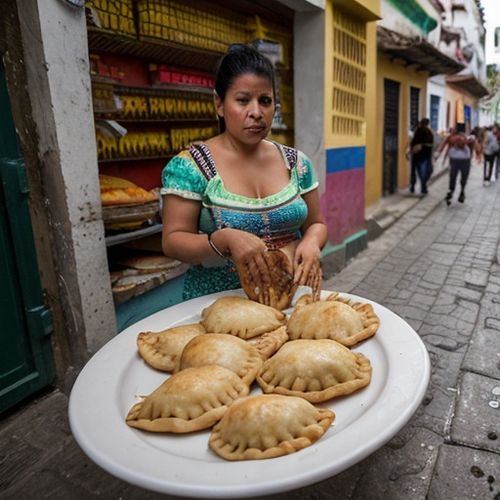
By Emily Johnson/Mar 29, 2025
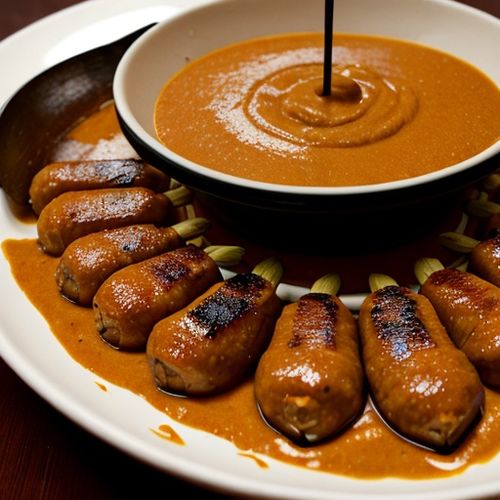
By Christopher Harris/Mar 29, 2025

By Rebecca Stewart/Mar 29, 2025

By Ryan Martin/Mar 29, 2025
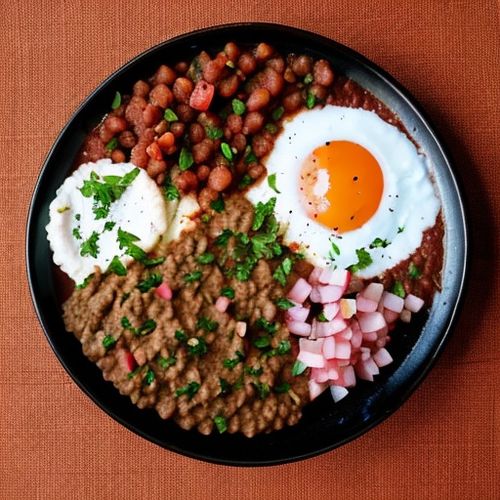
By Olivia Reed/Mar 29, 2025
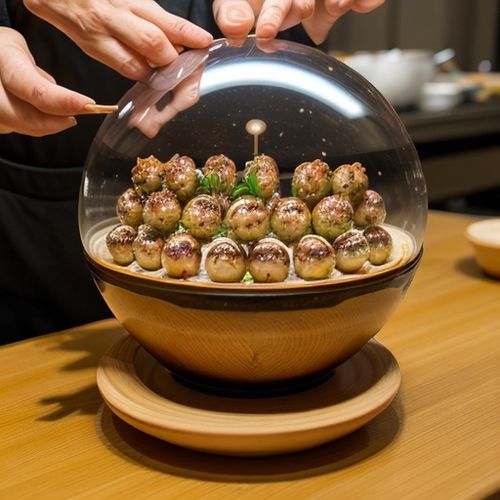
By Joshua Howard/Mar 29, 2025
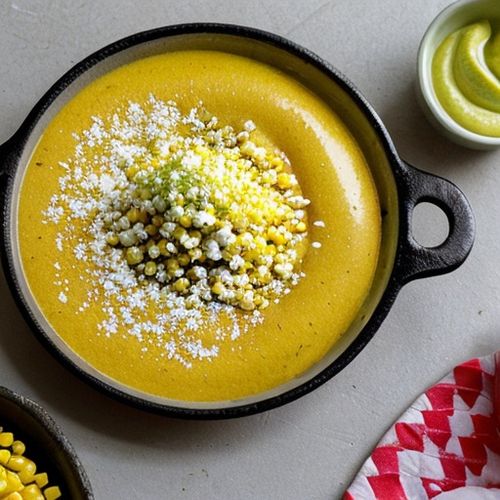
By Sophia Lewis/Mar 29, 2025
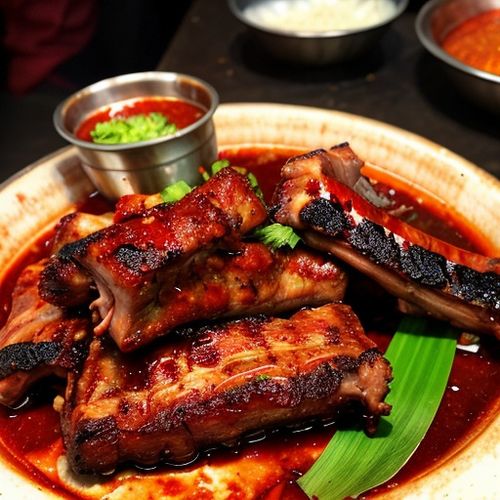
By Daniel Scott/Mar 29, 2025

By Daniel Scott/Mar 29, 2025
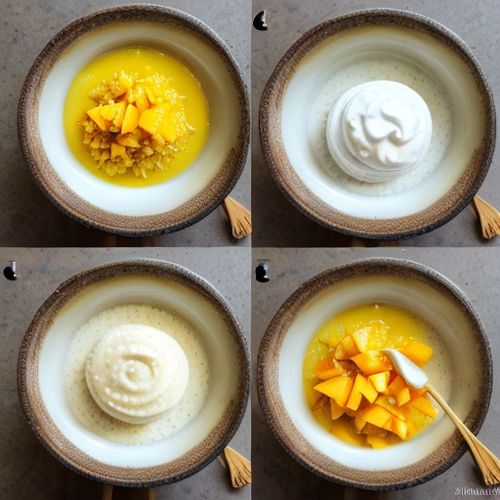
By Michael Brown/Mar 29, 2025

By Eric Ward/Mar 29, 2025
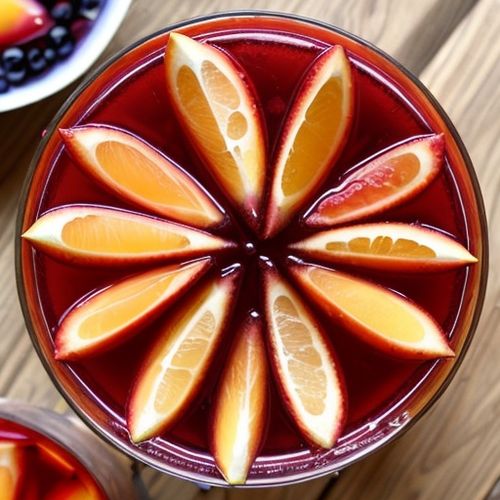
By Grace Cox/Mar 29, 2025
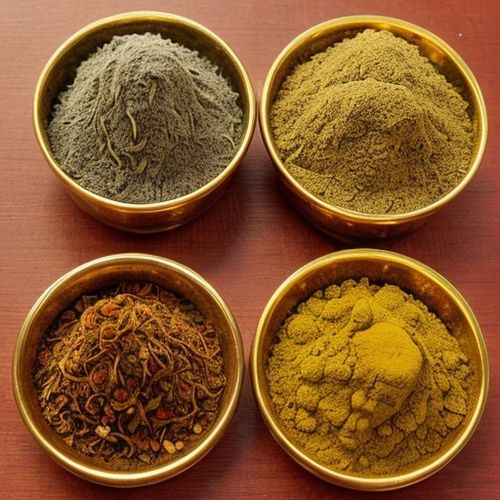
By Sarah Davis/Mar 29, 2025
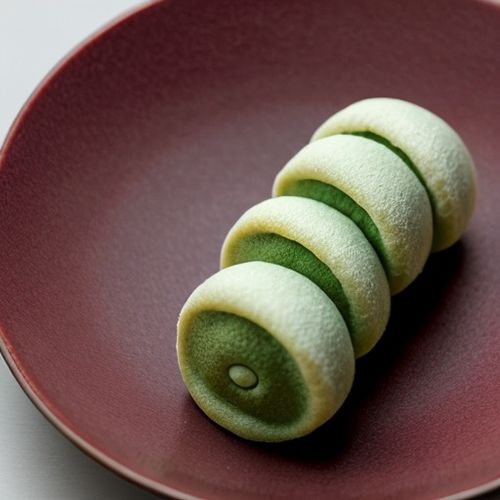
By David Anderson/Mar 29, 2025

By George Bailey/Mar 29, 2025

By Christopher Harris/Mar 29, 2025

By Emily Johnson/Mar 29, 2025

By Laura Wilson/Mar 29, 2025